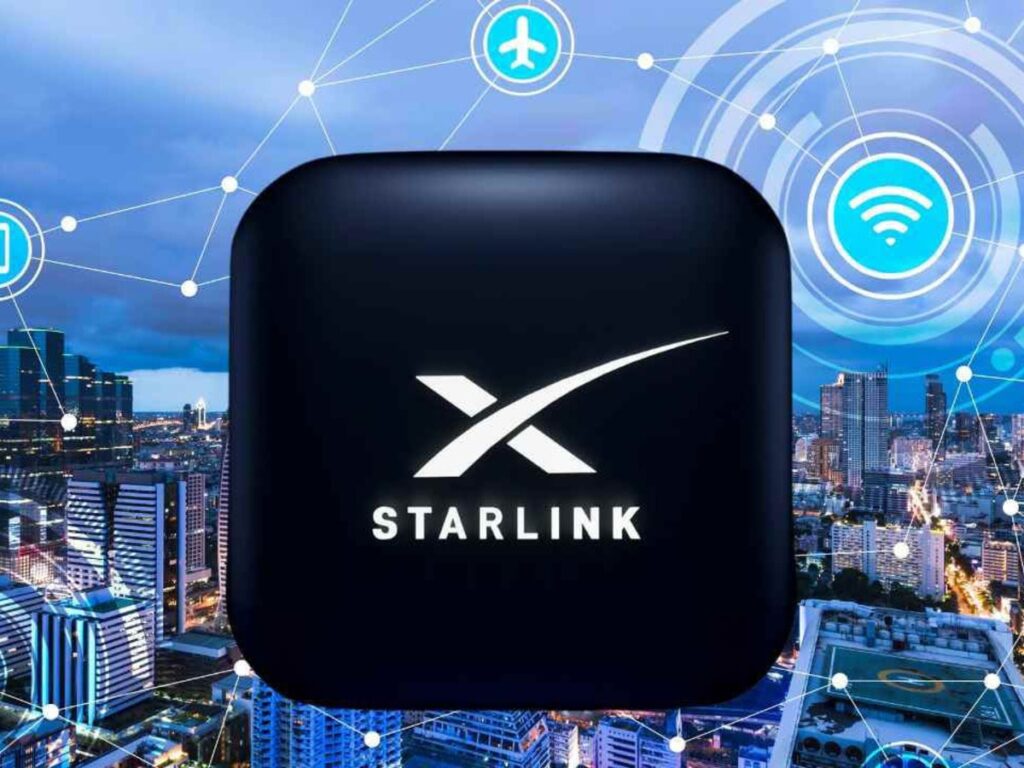Elon Musk’s satellite internet service, Starlink, has officially received the necessary licensing to commence operations in India. This development marks a significant step towards enhancing internet connectivity in the country, particularly in underserved and remote areas.
Overview of Starlink
Starlink is a satellite internet constellation being constructed by SpaceX, aiming to provide high-speed internet access globally. With a network of thousands of satellites in low Earth orbit, it promises low latency and reliable service, making it a competitive alternative to traditional internet service providers.
The Significance of Starlink in India
The approval from the Indian government is a crucial milestone for Starlink, as it seeks to bridge the digital divide across the nation. With India’s vast population and significant rural areas lacking decent internet connectivity, Starlink’s entry can transform educational opportunities, telemedicine, and e-commerce in those regions.
What the License Means for Starlink
Obtaining a license signifies that Starlink can now legally operate and provide its services in India. This license is essential for compliance with regulatory standards and ensures that the company can build the necessary infrastructure to support its operations.
Potential Benefits of Starlink in India
- Enhanced Connectivity: Areas that struggle with traditional internet access will benefit greatly from satellite technology.
- Rapid Deployment: Starlink can be deployed faster than laying out ground infrastructure, especially in remote locations.
- Low Latency: With its network of low Earth orbit satellites, users can expect lower latency compared to traditional satellite internet services.
- Boost to Local Businesses: Improved internet services might lead to the growth of local businesses and startups, fostering economic development.
Challenges Ahead
While the prospects are promising, there are challenges that Starlink must navigate. Regulatory compliance, competition with existing providers, and potentially high costs for consumers are just a few hurdles. Moreover, the company will need to ensure that its services are accessible and affordable for the average Indian user.
Regulatory Compliance
Adherence to Indian telecommunications regulations will be critical for Starlink’s operations. The company must ensure it meets all guidelines set forth by the Department of Telecommunications to avoid any legal issues.
Market Competition
Starlink will enter a competitive landscape with established ISPs, which may lead to pricing strategies and customer acquisition challenges. However, its unique proposition could allow it to carve out a substantial market share.
Conclusion
The launch of Starlink in India is a pivotal development that holds the promise of revolutionizing internet access in the country. By leveraging satellite technology, Starlink could significantly improve connectivity in underserved areas, foster economic growth, and provide new opportunities for education and business. As the company navigates regulatory frameworks and competition, its success will depend on its ability to deliver reliable and affordable internet to millions of users across India.
